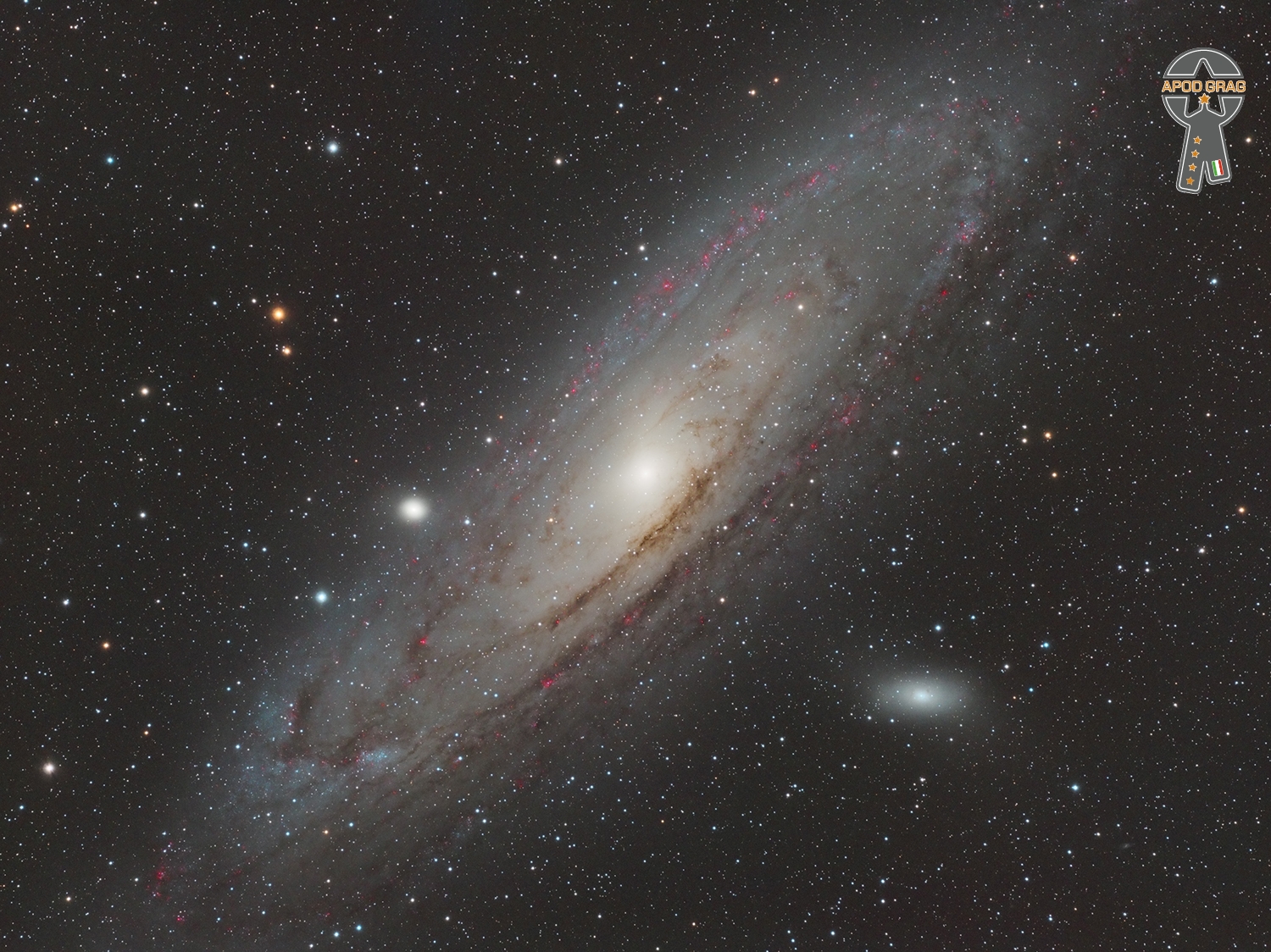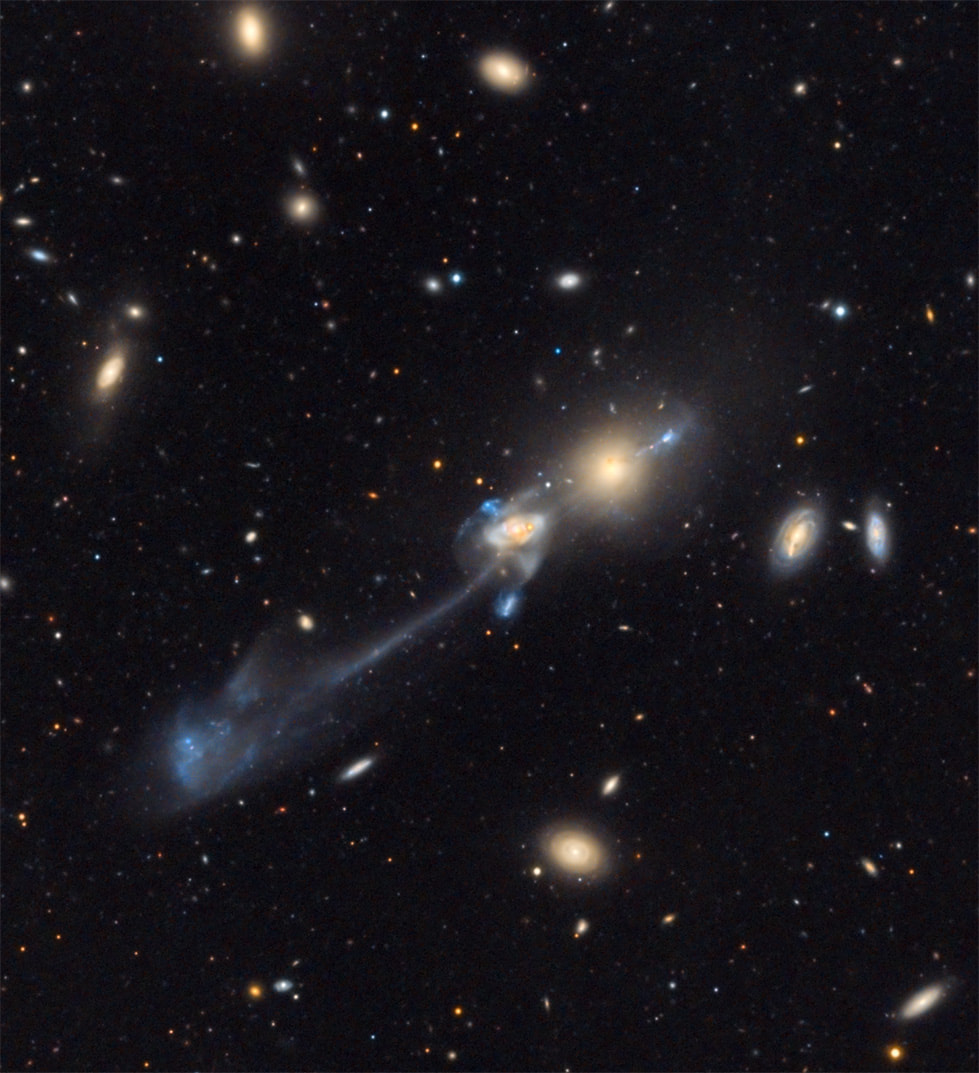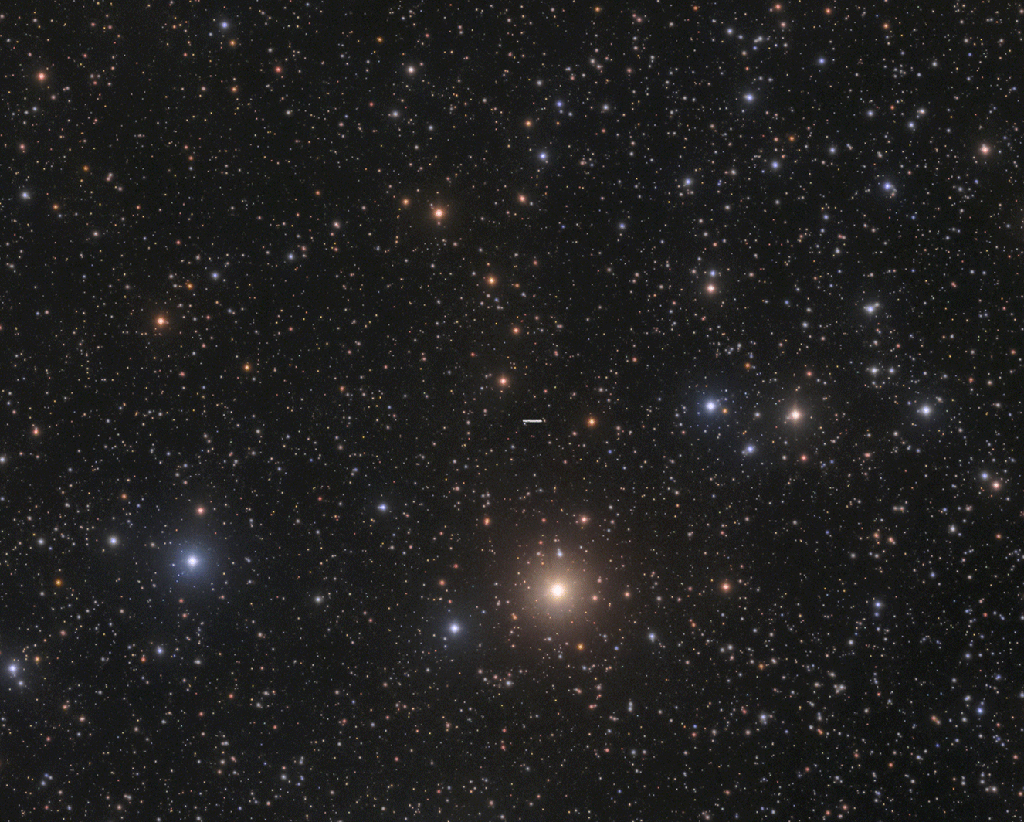Blog
Herbert Horatio Nichols (January 3, 1919 – April 12, 1963) was an American jazz pianist and composer who wrote the jazz standard “Lady Sings the Blues“. Obscure during his lifetime, he is now highly regarded by many musicians and critics.
He was born in San Juan Hill, Manhattan, New York, United States, to parents from St. Kitts and Trinidad, and grew up in Harlem. During much of his career, he took work as a Dixieland musician while working on the more adventurous kind of jazz he preferred. He is best known today for these compositions, program music that combines bop, Dixieland, and music from the Caribbean with harmonies from Erik Satie and Béla Bartók.
His first known work as a musician was with the Royal Barons in 1937, but he did not find performing at Minton’s Playhouse a few years later a very happy experience. The competition did not suit him. However, he did become friends with pianist Thelonious Monk.
Nichols was drafted into the Army in 1941. After the war, he worked in various settings, beginning to achieve some recognition when Mary Lou Williams recorded some of his songs in 1952. From about 1947, he persisted in trying to persuade Alfred Lion at Blue Note Records to sign him up. He finally recorded some of his compositions for Blue Note in 1955 and 1956, some of which were not issued until the 1980s. His tune “Serenade” had lyrics added, and as “Lady Sings the Blues” became firmly identified with Billie Holiday. In 1957 he recorded his last album as leader for Bethlehem Records.
Nichols died from leukemia in New York City at the age of 44.
more...The Andromeda Galaxy (IPA: /ænˈdrɒmɪdə/), also known as Messier 31, M31, or NGC 224 and originally the Andromeda Nebula (see below), is a barred spiral galaxy approximately 2.5 million light-years (770 kiloparsecs) from Earth and the nearest large galaxy to the Milky Way. The galaxy’s name stems from the area of Earth’s sky in which it appears, the constellation of Andromeda, which itself is named after the Ethiopian (or Phoenician) princess who was the wife of Perseus in Greek mythology.
The virial mass of the Andromeda Galaxy is of the same order of magnitude as that of the Milky Way, at 1 trillion solar masses (2.0×1042kilograms). The mass of either galaxy is difficult to estimate with any accuracy, but it was long thought that the Andromeda Galaxy is more massive than the Milky Way by a margin of some 25% to 50%. This has been called into question by a 2018 study that cited a lower estimate on the mass of the Andromeda Galaxy, combined with preliminary reports on a 2019 study estimating a higher mass of the Milky Way.The Andromeda Galaxy has a diameter of about 220,000 ly (67 kpc), making it the largest member of the Local Group in terms of extension.

Troy Andrews (born January 2, 1986), also known by the stage name Trombone Shorty, is an American musician, producer, actor and philanthropist from New Orleans, Louisiana. He is best known as a trombone and trumpet player but also plays drums, organ, and tuba. He has worked with some of the biggest names in rock, pop, jazz, funk, and hip hop. Andrews is the younger brother of trumpeter and bandleader James Andrews and the grandson of singer and songwriter Jessie Hill. Other musical family members are cousins Glen David Andrews and the late Travis “Trumpet Black” Hill. Andrews began playing trombone at age four, and since 2009 has toured with his own band, Trombone Shorty & Orleans Avenue.
Troy Andrews was born in New Orleans and grew up in the Tremé neighborhood. Troy graduated in 2004 from Warren Easton High School. At the age of four, he appeared onstage with Bo Diddley at the New Orleans Jazz & Heritage Festival. He participated in brass band parades as a child, becoming a bandleader by the age of six. In his teens, he was a member of the Stooges Brass Band. He attended the New Orleans Center for Creative Arts (NOCCA) along with fellow musician Jon Batiste.
In 2005, Andrews was a featured member of Lenny Kravitz‘s horn section in a world tour that shared billing with acts including Aerosmith. He was part of the New Orleans Social Club, a group formed after Hurricane Katrina to record a benefit album. He was featured guest on “Hey Troy, Your Mama’s Calling You,” a tribute to “Hey Leroy, Your Mama’s Calling You” a Latin jazz song by the Jimmy Castor Bunch in 1966.
more...Mehmet Barış Manço (born Tosun Yusuf Mehmet Barış Manço; 2 January 1943 – 1 February 1999), better known by his stage name Barış Manço, was a Turkish rock musician, singer, songwriter, composer, actor, television producer and show host.Beginning his musical career while attending Galatasaray High School, he was a pioneer of rock music in Turkey and one of the founders of the Anatolian rock genre. Manço composed around 200 songs and is among the best-selling and most awarded Turkish artists to date. Many of his songs were translated into a variety of languages including English, French, Japanese, Greek, Italian, Bulgarian, Romanian, Persian, Hebrew, Urdu, Arabic, and German, among others. Through his TV program, 7’den 77’ye (“From 7 to 77”), Manço traveled the world and visited many countries on the globe. He remains one of the most popular public figures of Turkey.
more...Hisao Oma “Isao” Suzuki (鈴木 勲, Suzuki Isao, born January 2, 1933 in Tokyo) is a Japanese jazz double-bassist.
Suzuki learned to play bass on United States military bases, and played early in his career with Shotaro Moriyasu, Hidehiko Matsumoto, and Sadao Watanabe. He led his own ensemble in Tokyo from 1965-1969, also playing with Hampton Hawes in 1968. He moved to New York City from 1969 to 1971, playing with Ron Carter, Paul Desmond, Ella Fitzgerald, Jim Hall, Wynton Kelly, Charles Mingus, Thelonious Monk, and Bobby Timmons. Returning to Japan, he played with Kenny Burrell and Mal Waldron in addition to his own ensembles. Later in the 1970s he began expanding his instrumental repertoire, playing cello and piccolo bass. He was a cofounder of the Japanese Bass Players Club with Hideto Kanai, and opened a jazz club in Osaka in 1987.
more...Frank L. Marocco (January 2, 1931 – March 3, 2012) was an American piano-accordionist, arranger and composer. He was recognized as one of the most recorded accordionists in the world.
Born in Joliet, Illinois Frank Marocco grew up in Waukegan, near Chicago. At the age of seven years, his parents enrolled him in a six-week beginner class for learning to play the accordion.
more...Abell 1185 is a galaxy cluster located in the constellation Ursa Major. It is approximately 400 million light-years away from Earth and spans one million light-years across. It is a member of the Leo Supercluster. One of the cluster’s brightest and most interesting objects is Arp 105 “The Guitar”. The main protagonists in this maelstrom of interacting galaxies are the spiral galaxy NGC 3561B and the eliptical NGC 3561A, along with a handful of tidal dwarf galaxies. The debris of their gravitational dance rendering a shape reminiscent of a guitar. The interacting galaxies are flinging out tidal arcs, sheets and knots of their stars across hundreds of thousands of light years. Some of these will potentially form distinct gravitationally bound condensations of stars and gas in their own right – becoming tidal dwarf galaxies.

Seydou Koné (born January 1, 1953 in Dimbokro), better known by his stage name Alpha Blondy, is an Ivorian reggae singer and international recording artist. Many of his songs are politically and socially motivated, and are mainly sung in his native language Dyula, French and English, though he occasionally uses other languages, for example, Arabic or Hebrew.
The first son of a family of eight children, Seydou Koné was raised by his grandmother in an environment described by him as “among elders”, which was to have a big impact on his career. In 1962, Alpha Blondy joined his father in Odienné, where he spent ten years, attended Sainte Elisabeth High School, and was involved in the Ivory Coast students movement. He formed a band in high school, but this affected his schooling and he was expelled for poor attendance. His parents sent him to study English in Monrovia, the capital city of Liberia, in 1973. He spent thirteen months there and then moved to the United States to improve his English.
more...Milton “Bags” Jackson (January 1, 1923 – October 9, 1999) was an American jazz vibraphonist, usually thought of as a bebop player, although he performed in several jazz idioms. He is especially remembered for his cool swinging solos as a member of the Modern Jazz Quartet and his penchant for collaborating with hard bop and post-bop players.
A very expressive player, Jackson differentiated himself from other vibraphonists in his attention to variations on harmonics and rhythm. He was particularly fond of the twelve-bar blues at slow tempos. He preferred to set the vibraphone‘s oscillator to a low 3.3 revolutions per second (as opposed to Lionel Hampton‘s speed of 10 revolutions per second) for a more subtle tremolo. On occasion, Jackson sang and played piano professionally.
Jackson was born on January 1, 1923 in Detroit, Michigan, United States, the son of Manley Jackson and Lillie Beaty Jackson. Like many, he was surrounded by music from an early age, particularly that of religious meetings: “Everyone wants to know where I got that funky style. Well, it came from church. The music I heard was open, relaxed, impromptu soul music” (quoted in Nat Hentoff‘s liner notes to Plenty, Plenty Soul). He started on guitar when he was seven, then on piano at 11.
more...Bulee “Slim” Gaillard (January 9, 1911 – February 26, 1991), also known as McVouty, was an American jazz singer and songwriter who played piano, guitar, vibraphone, and tenor saxophone.
Gaillard was noted for his comedic vocalese singing and word play in his own constructed language called “Vout-o-Reenee”, for which he wrote a dictionary. In addition to English, he spoke five languages (Spanish, German, Greek, Arabic, and Armenian) with varying degrees of fluency.
He rose to prominence in the late 1930s with hits such as “Flat Foot Floogie (with a Floy Floy)” and “Cement Mixer (Put-Ti-Put-Ti)” after forming Slim and Slam with Leroy Eliot “Slam” Stewart. During World War II, Gaillard served as a bomber pilot in the Pacific. In 1944, he resumed his music career and performed with notable jazz musicians such as Charlie Parker, Dizzy Gillespie, and Dodo Marmarosa.
In the 1960s and 1970s, he acted in films—sometimes as himself—and also appeared in bit parts in television series such as Roots: The Next Generations.
In the 1980s, Gaillard resumed touring the circuit of European jazz festivals. He followed Dizzy Gillespie’s advice to move to Europe and, in 1983, settled in London, where he died of cancer on 26 February 1991, after a long career in music, film and television, spanning nearly six decades.
more...Xavier Cugat (Catalan: [ʃəβiˈe kuˈɣat]; 1 January 1900 – 27 October 1990) was a Spanish musician and bandleader who spent his formative years in Havana, Cuba. A trained violinist and arranger, he was a leading figure in the spread of Latin music. In New York City he was the leader of the resident orchestra at the Waldorf–Astoria before and after World War II. He was also a cartoonist and a restaurateur. The personal papers of Xavier Cugat are preserved in the Biblioteca de Catalunya.
Cugat was born Francisco de Asís Javier Cugat Mingall de Bru y Deulofeu in Girona, Catalonia, Spain. His family emigrated to Cuba when he was three years old. He studied classical violin and worked as a violinist at the age of nine in a silent movie theater to help pay for his education. He was first chair violinist for the Teatro Nacional Symphonic Orchestra. When he wasn’t performing, he started drawing caricatures. On 6 July 1915 he and his family arrived in New York City on the SS Havana. Cugat appeared in recitals with Enrico Caruso, playing violin solos.
more...This timelapse gif tracks the James Webb Space Telescope as it streaks across the stars of Orion on its journey to a destination beyond the Moon. Recorded on December 28, 12 consecutive exposures each 10 minutes long were aligned and combined with a subsequent color image of the background stars to create the animation. About 2.5 days after its December 25 launch, JWST cruised past the altitude of the Moon’s orbit as it climbed up the gravity ridge from Earth to reach a halo orbit around L2, an Earth-Sun Lagrange point. Lagrange points are convenient locations in space where the combined gravitational attraction of one massive body (Earth) orbiting another massive body (Sun) is in balance with the centripetal force needed to move along with them. So much smaller masses, like spacecraft, will tend to stay there. One of 5 Lagrange points, L2 is about 1.5 million kilometers from Earth directly along the Earth-Sun line. JWST will arrive at L2 on January 23, 29 days after launch. While relaxing in Earth’s surface gravity you can follow the James Webb Space Telescope’sprogress and complicated deployment online.

More Posts
- Oscar Aleman Day
- World Music with Lemon Bucket Orkestra
- Daily Roots with Tea House with Emperor Rusko
- Echos of Freedom by Stokely Carmichael
- The Cosmos with NGC 2857
- Smokey Robinson Day
- Louis Kid Shots Madison Day
- World Music with Anna Mhoireach
- Daily Roots with Dandy Livingstone
- Echos of Freedom by Chief Red Eagle
- The Cosmos with the Aurora over Iceland
- Roy Burrowes Day
- Frank Butler Day
- World Music with Anouar Brahem
- Daily Roots with Prince Far I
- Echos of Freedom by Alice Walker
- The Cosmos with the Milky Way between Sagittarius and Scorpius
- Fred Frith Day
- Noble “Thin Man” Watts Day
- World Music with Sir Victor Uwaifo
